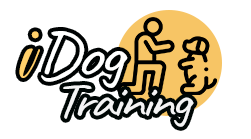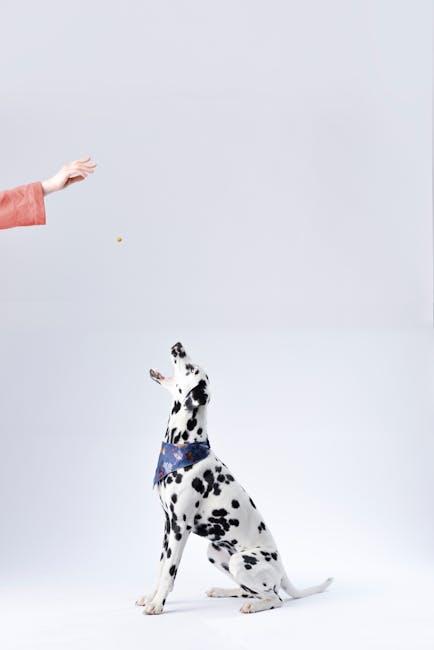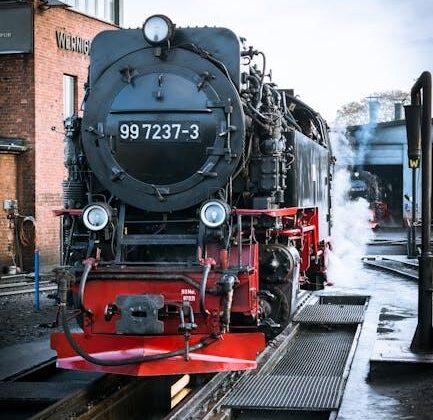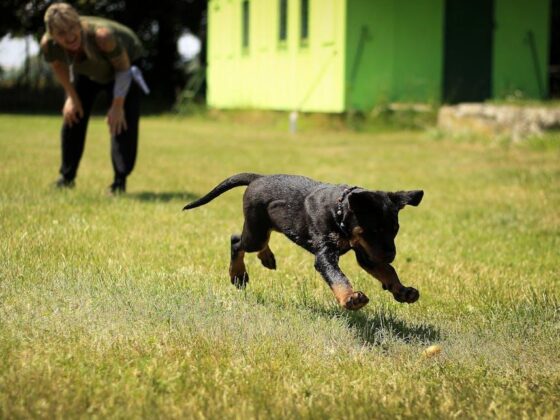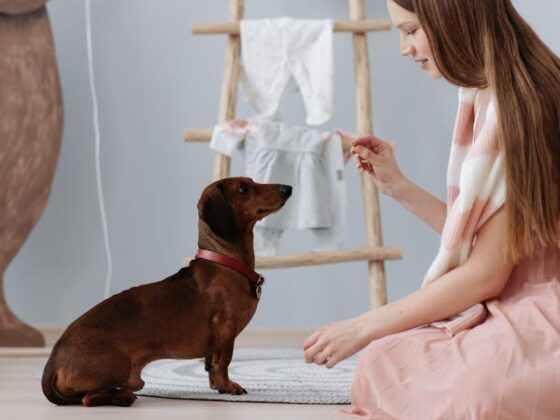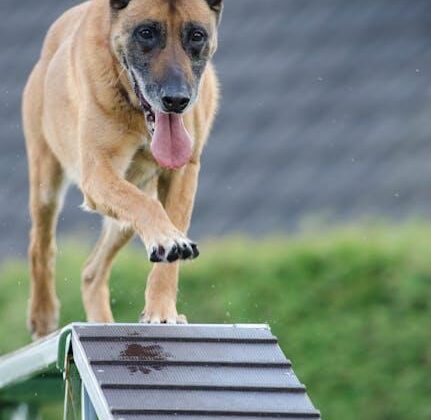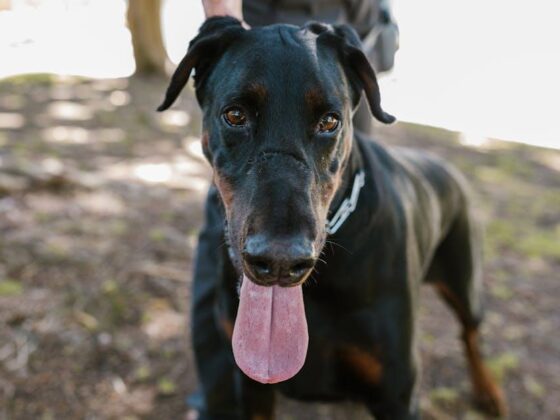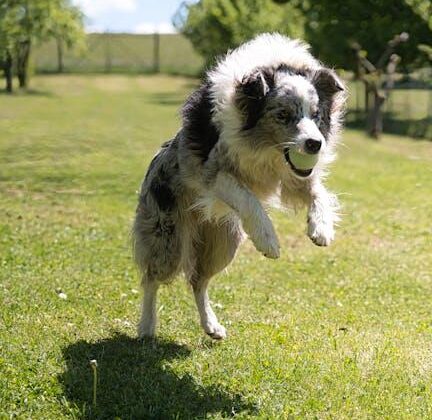Unleash the Fun: A Beginner’s Guide to Dog Training!
Hey there, fellow dog lovers! 🐾 So, you’ve just welcomed a furry bundle of joy into your life, and you can’t wait to start your adventure together! But hold up—before you can fully embrace the slobbery kisses and adorable tail wags, there’s a little something called dog training that you might want to tackle.Don’t worry! Training your dog doesn’t have to feel like a chore or a military boot camp.In fact, it can be one of the most fun and rewarding experiences you’ll share together!
In this guide, we’ll chat about the basics of dog training, sprinkle in a few laughs, and maybe even share some stories along the way.We’ll cover everything from the essential commands every pup should know to ingenious tricks that will have you both impressing friends and family in no time. Whether you’re working with a rambunctious puppy or an older dog who could use a little refresh, our goal is to help you turn training sessions into a game that both you and your four-legged friend will look forward to. So grab some treats, get comfy, and let’s dive into the pawsome world of dog training—where the fun truly begins! 🎉🐶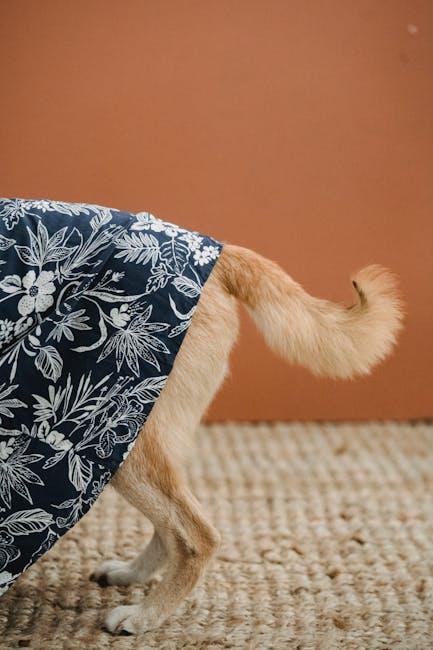
get to Know Your Pup: Understanding Canine Behavior
Understanding your furry friend is essential for creating a strong bond and ensuring effective training. Dogs communicate largely through body language, so paying attention to their cues can offer a wealth of insight into their emotions and needs. Here are some common signals to look for:
- <strong.Wagging Tail: A wagging tail usually indicates happiness, but watch the speed and position – a low wag might signal insecurity.
- <strong.Barking: Different barks can meen excitement, alertness, or even fear.Understanding the context is key!
- <strong.Ears Position: Erect ears frequently enough signal alertness, while flattened ears can indicate fear or submission.
By tuning into these behavioral cues, you’ll be better equipped to respond to your pup’s needs and adjust your training techniques accordingly. Establishing consistent routines can also help your dog feel more secure, drastically improving their behavior. Try using a table to keep track of training schedules or milestones:
| Day | Training Focus | Duration |
|---|---|---|
| Monday | Sit Command | 15 Minutes |
| Wednesday | Leash Walking | 20 Minutes |
| Friday | Recall Practice | 30 Minutes |
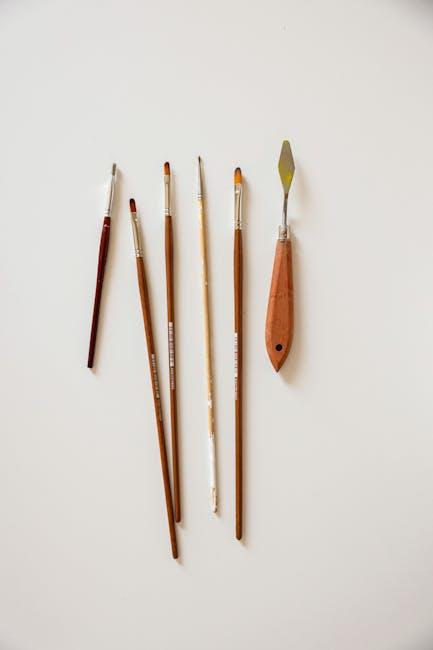
Essential Tools for Training Success
Dog training can be an exhilarating journey, and having the right tools is essential to make the experience enjoyable for both you and your pup. Start with a quality clicker—it’s a splendid way to mark the behavior you want to reinforce. Pair that with treats, as rewards provide motivation and strengthen your bond. Don’t forget a harness or collar for safe and agreeable walks, and a long leash to give your dog room to explore while still under your control.Also, consider investing in training pads for those early days of potty training—this will save you a whole lot of cleanup time!
To make your training sessions more fun, introduce some engaging toys. These can serve as both rewards and distractions during training. Additionally, a training book or app can offer valuable insights and techniques tailored to your dog’s personality and needs. Here’s a quick overview of these essential tools:
| Tool | purpose |
|---|---|
| Clicker | Marks desired behavior |
| Treats | Makes training rewarding |
| Harness/Collar | Ensures safe walks |
| Long Leash | Gives freedom while training |
| Training Pads | Facilitates potty training |
| Engaging Toys | Keeps sessions fun |
| Training Book/App | Provides techniques and tips |
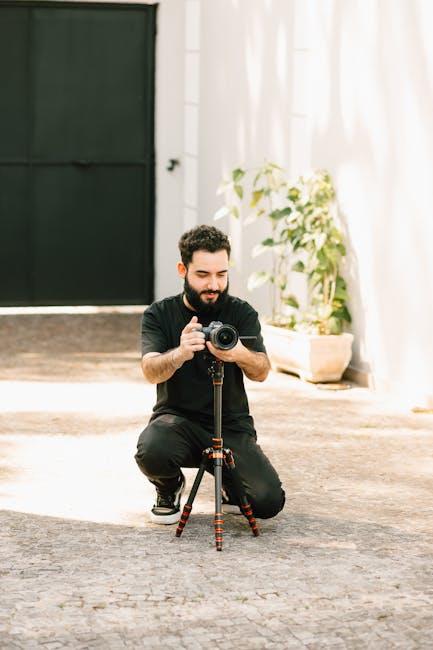
Fun and Effective Techniques to teach Basic Commands
Teaching your furry friend basic commands doesn’t have to be a boring task. To make it a fun experience, try turning it into a game! For instance, use a toy or treat as an object of interest. Here’s a playful way to teach the “Sit” command:
- Grab your dog’s favorite treat.
- Hold it above their nose and slowly move it back over their head.
- As they follow the treat with their eyes, their bottom will naturally lower to the ground.when they sit, say “Sit!” and reward them instantly!
Another effective technique involves using positive reinforcement. Every time your dog follows a command, shower them with praise or a quick game of fetch. This builds association and boosts their eagerness to learn. Check out this handy table of basic commands and fun alternatives:
| Command | fun Alternative |
|---|---|
| Come | Play “Catch Me If You Can”! |
| Stay | “Freeze Dance” game! |
| Lie Down | “Dare to Dream” (make a cozy spot) |

Building a Strong Bond: The Key to Enjoyable Training Sessions
Creating a strong connection with your furry friend is the secret ingredient to making training sessions both effective and enjoyable. When you establish trust and understanding,your dog is more likely to respond positively to commands. Here are some tips for strengthening that bond:
- Spend quality time together: Whether it’s playing fetch or just lounging on the couch, shared moments help build rapport.
- Use positive reinforcement: Celebrate small victories with treats and praise to make training feel like a game.
- Be patient and consistent: Dogs thrive on routine, so maintaining a consistent training schedule will help prevent confusion.
The better your relationship,the more eager your dog will be to learn. Consider mixing up training methods to keep things fresh and fun. For example, why not turn some exercises into a playful challenge? you could set up an obstacle course or play hide and seek with treats. Here’s a little table of ideas for fun training activities:
| activity | Description |
|---|---|
| Obstacle Course | Use household items to create challenges for your pup to navigate. |
| Treat Scavenger Hunt | Hide treats around the house for your dog to find, encouraging their natural instincts. |
| Trick Training | Teach fun tricks like spin or roll over to boost engagement. |
Q&A
Q&A: Unleash the Fun – A Beginner’s Guide to Dog Training!
Q: Why is dog training significant for both the dog and the owner?
A: Great question! Dog training is super important because it helps create a strong bond between you and your furry friend. A well-trained pup not only knows basic commands, but they also feel secure and confident in their surroundings. Plus, training can curb unwanted behaviors and keep both of you safe and happy!
Q: Isn’t dog training just for professional trainers? Can I do it myself?
A: Absolutely, you can! While professional trainers are great, many pet parents can successfully train their dogs at home. With a sprinkle of patience, a dash of positivity, and some fun tricks to keep things engaging, you and your pup can have a blast learning together.
Q: What’s the best age to start training my dog?
A: The earlier the better! Puppies can start learning basic commands as early as 8 weeks old. However, don’t worry if you’re working with an older dog; it’s never too late to start training! Dogs of all ages can benefit from some structured learning and bonding time.
Q: I’ve heard about positive reinforcement. What is it, and why should I use it?
A: Positive reinforcement is basically rewarding your dog for good behavior. Think treats, praise, and playtime! It’s effective as it encourages your pup to repeat those actions. Instead of scolding them for doing something wrong, you focus on rewarding what they do right. Way more fun for both of you!
Q: I’m struggling to get my dog to focus during training sessions. Help!
A: It happens to the best of us! First, make sure the training environment is free of distractions. Shorter, more frequent sessions (5-10 minutes) can help keep your dog engaged—and end on a high note with a success! You can also incorporate games like hide and seek with treats to keep things exciting.
Q: How can I make training more fun for my dog?
A: Get creative! Use toys, mix up locations for training, or try teaching tricks that relate to their natural behaviors, like “roll over” or “play dead.” Incorporate games that get them involved and excited, like a game of fetch in between commands. Your enthusiasm goes a long way, too!
Q: any tips for training a stubborn dog?
A: Stubborn dogs can be a challenge, but stay persistent! Focus on positive reinforcement and set realistic expectations. Break commands down into smaller steps and celebrate each small victory. Patience is key—along with some humor. Keep it light, and your pup will catch on eventually!
Q: What should I do if I’m not seeing progress in training?
A: First, don’t panic! Progress can be slow, and every dog learns at their own pace. review your training methods and ensure you’re being consistent. If you’re still feeling stuck, consider joining a class or seeking help from a professional trainer for some fresh ideas and guidance.
Q: Can I train my dog and have fun at the same time?
A: Heck yes! Training doesn’t have to be serious business all the time.Infuse some fun into your sessions by incorporating games, playful cues, and rewards that your dog loves.Remember, the goal is to build a joyful partnership with your pup—so laugh, play, and enjoy the journey!
Q: Where can I find resources to help me with dog training?
A: There’s a treasure trove of resources out there! Check out books, YouTube channels, or online courses that focus on dog training basics. Join online communities or local groups where you can share experiences and tips with other dog owners. Don’t forget to share your victories, no matter how small!
Enjoy your training adventure, and remember: it’s all about having fun together! 🐾🎉
Concluding Remarks
And there you have it, fellow dog lovers! 🎉 With these tips and tricks, you’re all set to embark on a fun-filled journey of dog training that’s as enjoyable for you as it is for your furry friend. Remember, patience is key, and every wag of the tail is a sign you’re doing something right. Whether your pup is busting out some serious tricks or just mastering the art of sit, celebrate the little victories!
So grab those treats, put on your favorite playlist, and get ready to unleash the fun. Your dog is ready to learn, and with a little practice (and a lot of love), you’ll both be the stars of the neighborhood! 🐾
Don’t forget to share your training stories and any hilarious mishaps in the comments below. We’d love to here your experiences and tips! Until next time, keep those tails wagging and the training fun! 🐶💖
